
GPT-5 promises to bring about significant advancements in various key areas, including longer context windows, advanced reasoning capabilities, increased personalization, faster inference speed, enhanced memory capacity, multimodality integration, better accuracy, and improved vision capabilities. These developments are expected to enhance the usability, efficiency, and effectiveness of AI systems across different applications.
One of the most anticipated features of GPT-5 is the longer context window, which will enable the analysis of longer transcripts, movies, and entire code bases, opening up new possibilities for AI applications.
| Feature | Description |
|---|---|
| Longer Context Windows | Increased ability to analyze longer transcripts, movies, and code bases, enabling more comprehensive understanding and analysis of complex data. |
| Advanced Reasoning Capabilities | Enhanced ability to reason and provide accurate responses, leading to improved reliability and overall performance. |
| Increased Personalization | Customizable responses tailored to individual preferences, incorporating user-specific data such as email, calendar, and personal preferences. |
| Faster Inference Speed | Reduced latency and faster response times, enabling more natural and fluid interactions with AI systems. |
| Enhanced Memory Capacity | Increased storage and recall of information, allowing the system to retain more data and provide more relevant responses over time. |
| Multimodality Integration | Integration of speech in and speech out capabilities, making interactions with AI systems more intuitive and natural. |
| Better Accuracy | Improved accuracy in responses, leading to more reliable and precise outputs across various tasks and applications. |
| Cost-Effective Use | Optimization of resources and cost-effective deployment, ensuring efficient utilization of computational resources and lowering operational expenses. |
| Vision Capability Overhaul | Overhauled vision capabilities, enabling more accurate and cost-effective image analysis and recognition, with potential applications in computer vision and image processing. |
Advanced reasoning capabilities will make the model smarter, leading to more accurate responses and increased reliability. Increased personalization will allow the AI system to understand individual preferences and tailor responses accordingly, enhancing user experience.
Moreover, faster inference speed will enable more natural and fluid conversations with AI systems, while enhanced memory capacity will enable the system to store and recall more information, improving overall performance.
Multimodality integration will enable speech in and speech out capabilities, making interactions with AI systems more intuitive and natural.
Furthermore, GPT-5 aims to address limitations in vision capabilities, making AI-powered image analysis more accessible and cost-effective. This is expected to unlock new applications in areas such as computer vision and image recognition.
While GPT-5 brings about several significant advancements, there are certain features that are not expected to be included in this iteration, such as advanced agentic capabilities and music generation.
However, there is anticipation surrounding a mysterious “industry-defining” feature that could potentially change the landscape of AI technology. This feature remains undisclosed but is anticipated to be a significant development in the field.
In conclusion, GPT-5 represents a significant step forward in AI technology, with advancements in key areas such as context understanding, reasoning, personalization, speed, memory, multimodality, and vision capabilities. These developments are poised to enhance the capabilities of AI systems and drive innovation across various industries.















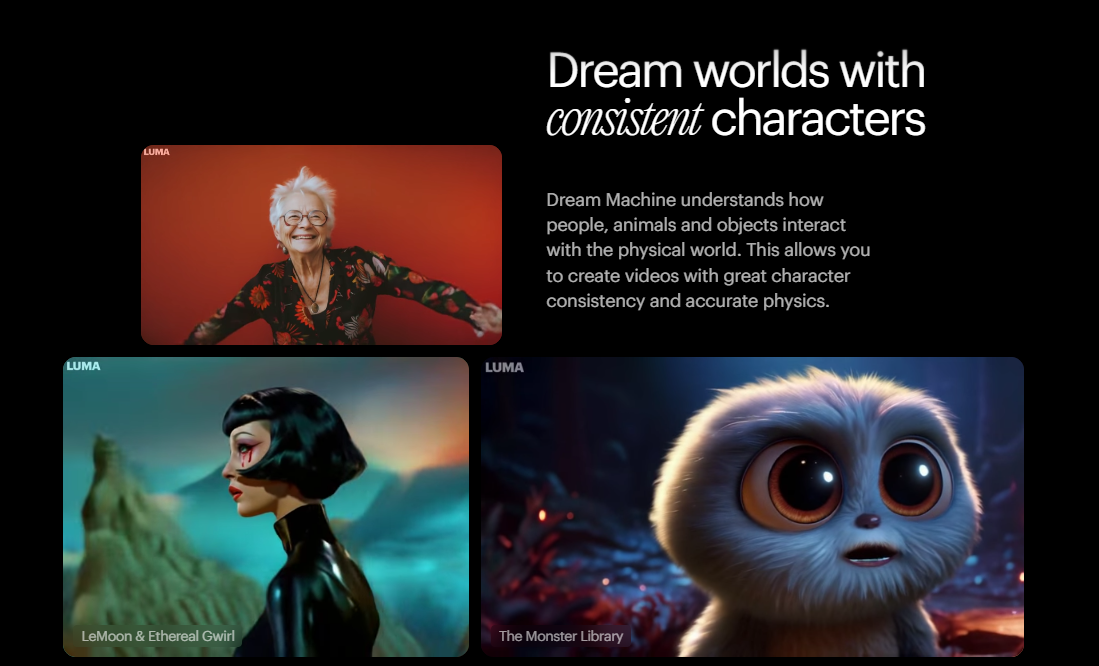

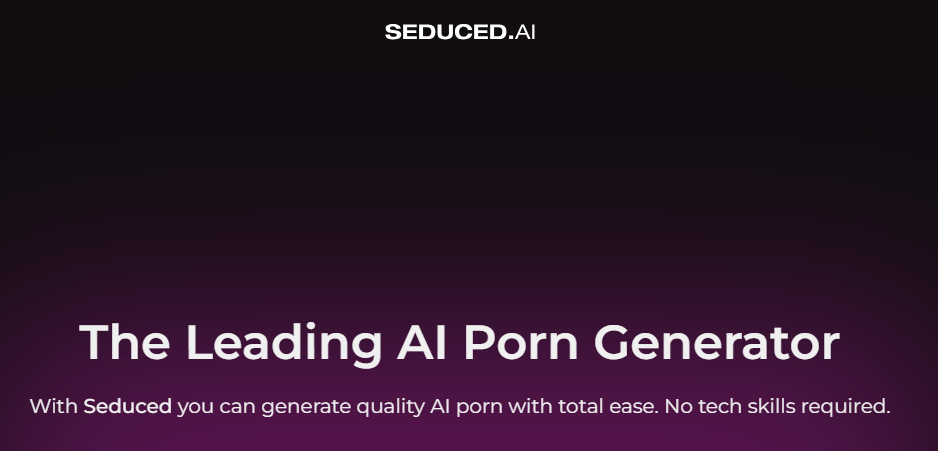





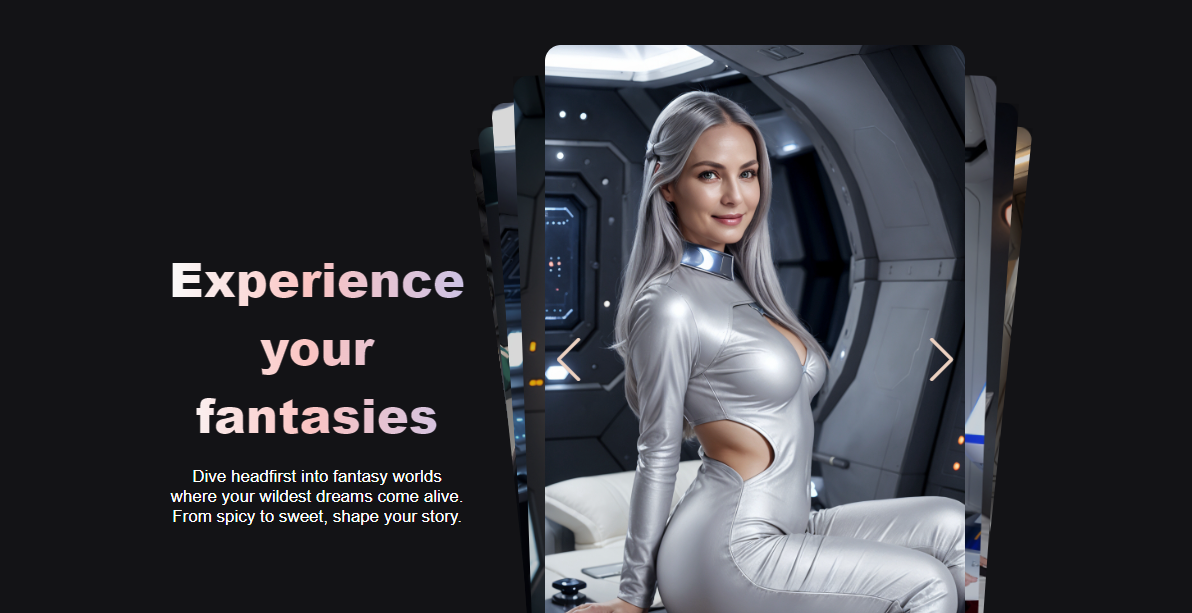




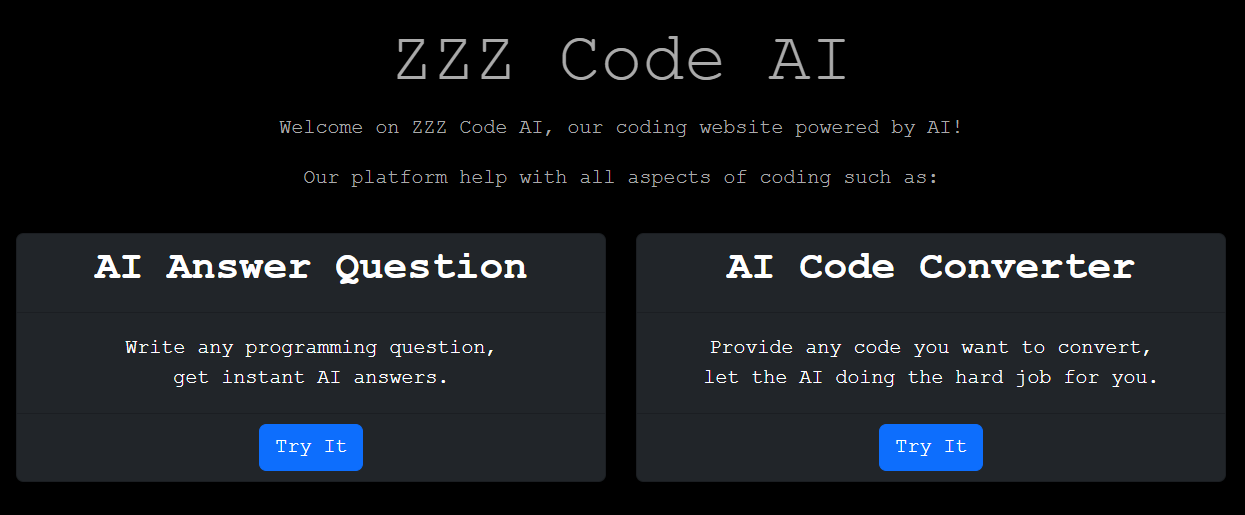
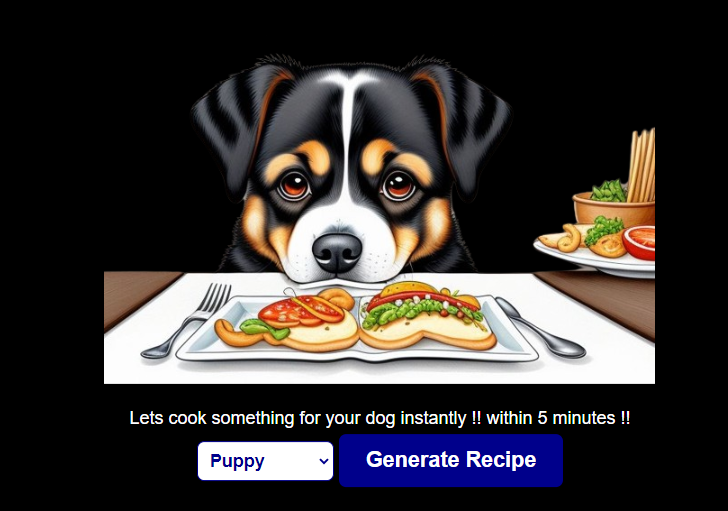

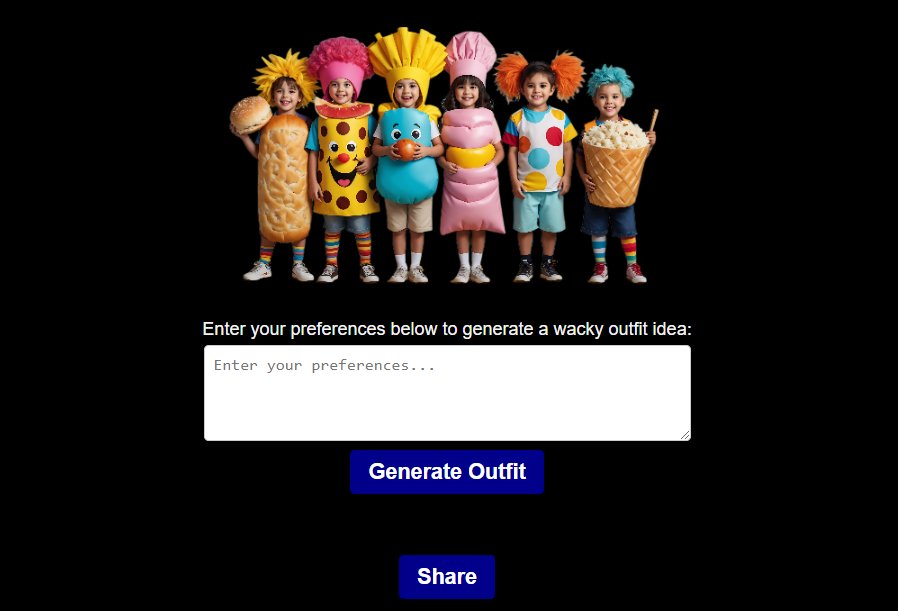
Leave a Reply